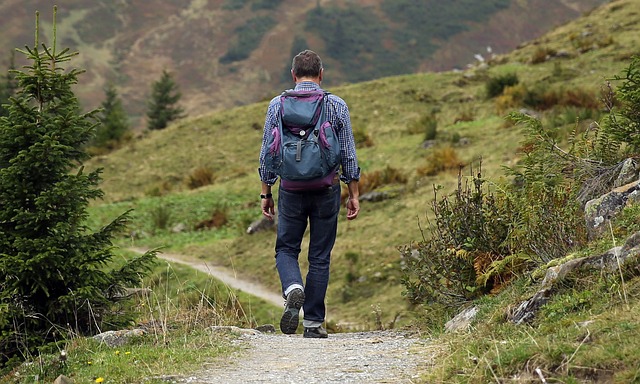Types of Hiking
Hiking is a cherished outdoor activity that not only allows individuals to connect with nature but also provides numerous physical, mental, and emotional benefits. Exploring the great outdoors through hiking is a wonderful way to escape the hustle and bustle of daily life, rejuvenate the mind, and challenge oneself physically. Moreover, hiking offers a wide range of experiences, with different types of hiking catering to varying preferences and skill levels.
From leisurely day hikes to adventurous long-distance treks, the various types of hiking provide opportunities for individuals to immerse themselves in different environments, landscapes, and challenges. Day hiking is perfect for those seeking a brief respite in nature, while backpacking allows adventurers to delve deeper into wilderness areas, immersing themselves in the beauty and solitude of the backcountry.
For the ambitious, long-distance hiking trails such as the Appalachian Trail beckon, testing hikers’ endurance and resolve. Mountaineering offers the thrill of conquering peaks and navigating technical terrain, while scrambling combines hiking and climbing for those seeking an extra adrenaline rush. Coastal hiking provides stunning ocean vistas, while winter hiking offers a unique experience amid snowy landscapes.
Each type of hiking offers its own rewards, challenges, and opportunities for personal growth. By engaging in these activities, individuals can not only reap physical health benefits but also experience mental rejuvenation, spiritual connection, and a deeper appreciation for the natural world. Whether you seek adventure, solitude, or simply a way to disconnect from the digital realm, hiking in its diverse forms offers a path to fulfillment and exploration.

What are the different hiking types?
There are various types of hiking, each offering unique experiences and challenges. Here are some of the different types of hiking:
- Day Hiking: Day hiking involves exploring trails and completing a hike within a single day. It usually doesn’t require extensive planning or overnight stays, making it suitable for beginners or those with limited time.
- Backpacking: Backpacking, also known as overnight hiking, involves carrying all necessary gear and supplies in a backpack and hiking for multiple days or weeks. Backpackers often camp overnight along the trail or in designated backcountry campsites.
- Long-Distance Hiking: Long-distance hiking refers to hiking trails that span a considerable distance, usually several hundred miles or more. Examples of famous long-distance hiking trails include the Appalachian Trail in the United States and the Camino de Santiago in Spain.
- Thru-Hiking: Thru-hiking is a type of long-distance hiking where hikers aim to complete an entire trail in one continuous journey, usually without taking long breaks. Thru-hiking requires significant physical endurance and logistical planning.
- Mountaineering: Mountaineering involves hiking in mountainous terrain and often includes ascents of peaks or technical climbing. It requires specialized skills, equipment, and knowledge of mountaineering techniques.
- Scrambling: Scrambling combines hiking and climbing, usually on steep or rocky terrain. It involves the use of hands for balance and requires a higher level of physical fitness and technical skills compared to regular hiking.
- Alpine Hiking: Alpine hiking takes place in high-altitude regions, often above the tree line, where hikers can experience breathtaking views and encounter challenging weather conditions. It requires careful preparation and knowledge of mountain safety.
- Winter Hiking: Winter hiking involves hiking on snowy or icy trails, often in colder and more challenging conditions. It requires additional gear such as insulated clothing, traction devices, and knowledge of winter travel techniques.
- Coastal Hiking: Coastal hiking involves walking along coastlines, cliffs, or beaches, offering beautiful ocean views and unique ecosystems. It can include both shorter day hikes and longer multi-day treks along coastal trails.
- Wilderness Hiking: Wilderness hiking refers to hiking in remote and undeveloped areas, away from established trails and amenities. It requires navigation skills, self-sufficiency, and an understanding of backcountry safety.
These are just a few examples of the different types of hiking. Each type offers its own set of challenges, rewards, and opportunities for exploration in nature. It’s essential to choose a hiking style that matches your skill level, experience, and interests. Always prioritize safety and be prepared with appropriate gear, knowledge, and planning when embarking on any hiking adventure.
Trails
Nature
Forest
Mountain
Coastal
Urban
''The journey of a thousand miles begins with a single step.''

